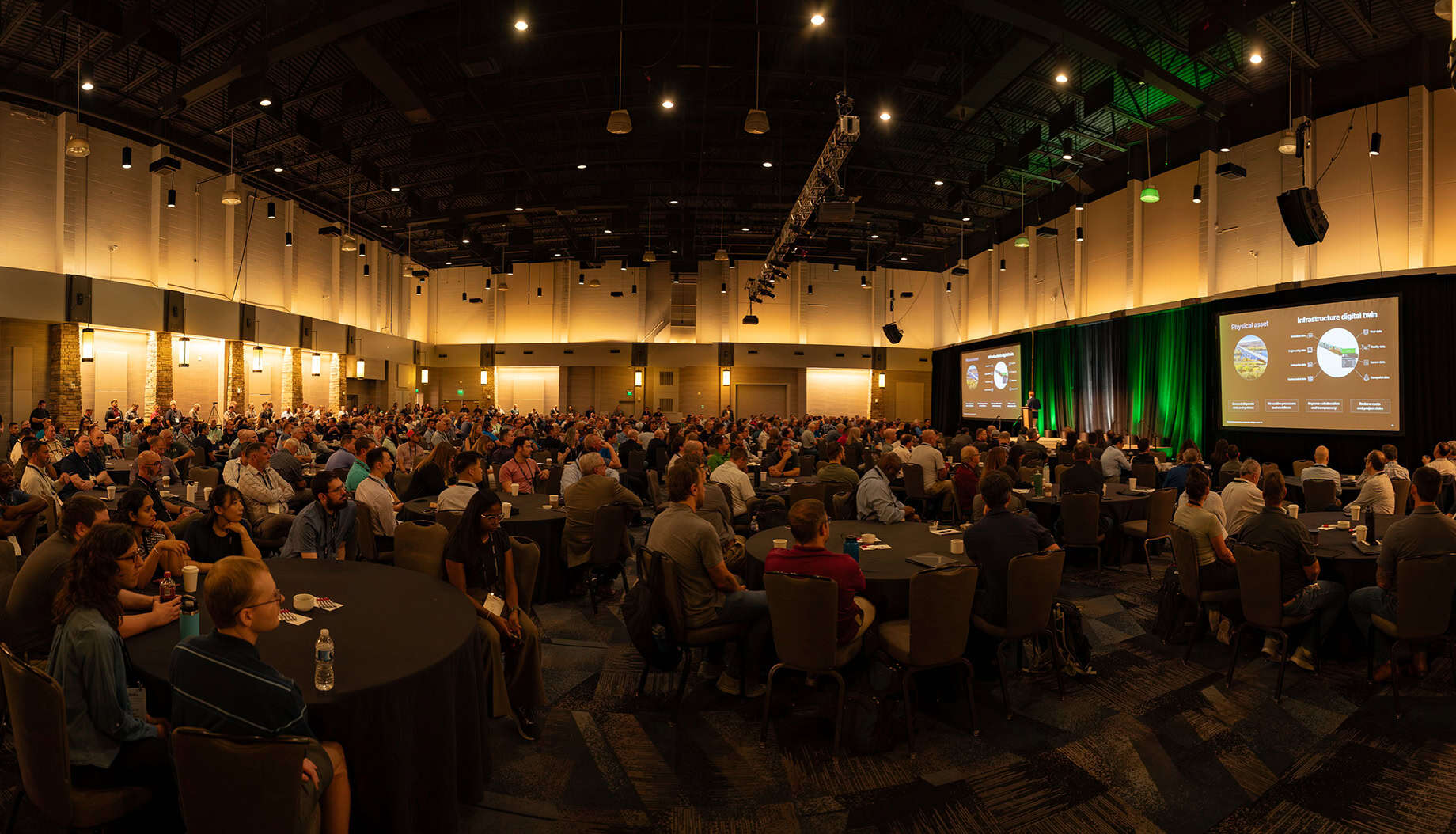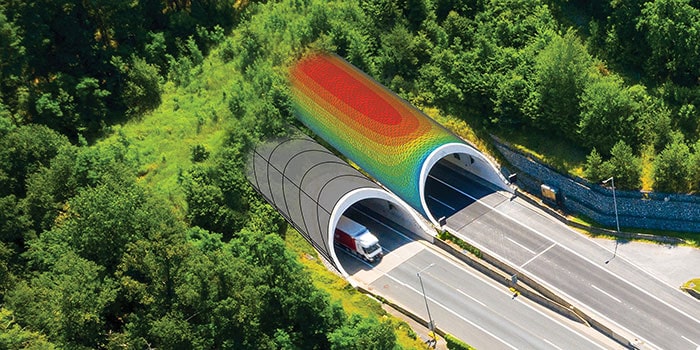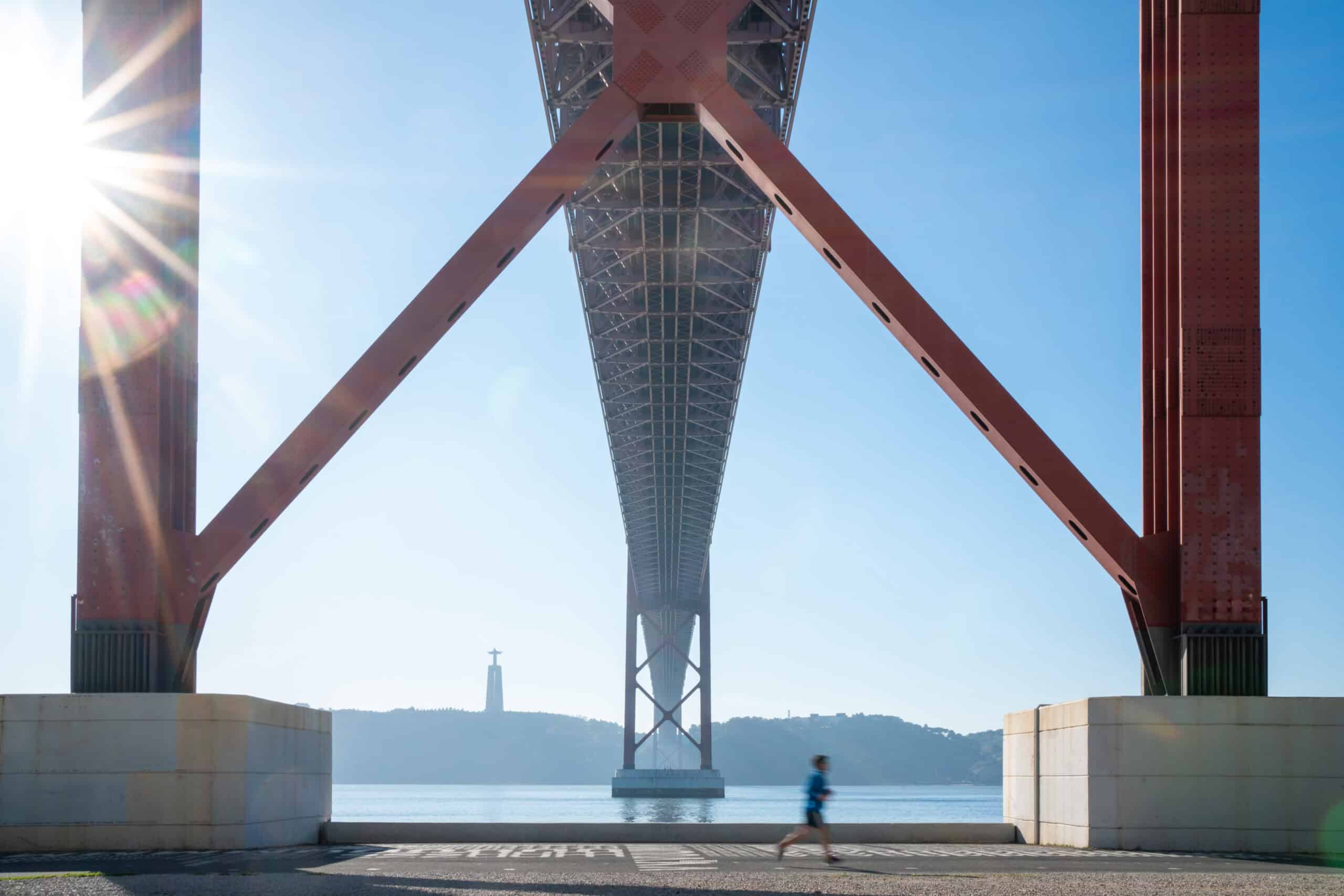The Power of Connection: Inside the Bentley Civil User Conference
The excitement was palpable. After a seven-year hiatus, the Bentley Civil User Conference was held as an in-person event. With over 500 Bentley users in attendance to meet with and learn from Bentley colleagues, it felt like a much-anticipated reunion.
Attendees came with similar challenges: workforce shortages and aging infrastructure, siloed data and inefficiencies. But they also felt excited for the future of civil engineering and the technology that will take them there. Bentley experts and industry leading professionals partnered up to present how digital project delivery, open applications, and AI are changing the sector for the better and shared where Bentley software and workflows empower these changes.
Insight #1: Digital twins are revolutionizing digital project delivery
Bentley’s solutions—including Bentley Open applications, iTwin, and Bentley Infrastructure Cloud—are empowering engineers to manage complexity across the entire project lifecycles, turning data into actionable insights. Industry leaders, including Kyle Rosenmeyer, design leader at VHB, Scott McMaster, BIM manager for digital delivery at PennDOT and vice president of digital delivery at Parsons—led a discussion called “Delivering Infrastructure Projects in the Digital Age” where they discussed how they have each pursued implementing digital project delivery at their respective organizations. For VHB, Kyle shared that they have seen power in digital delivery as huge cost savings downstream in reducing rework and project delays, all because of a digital model. This is a differentiator for VHB in enabling their organization to deliver a better product. As part of the session, 84% of the audience polled said that the biggest opportunity they see with digital project delivery is improving the work product that they create.
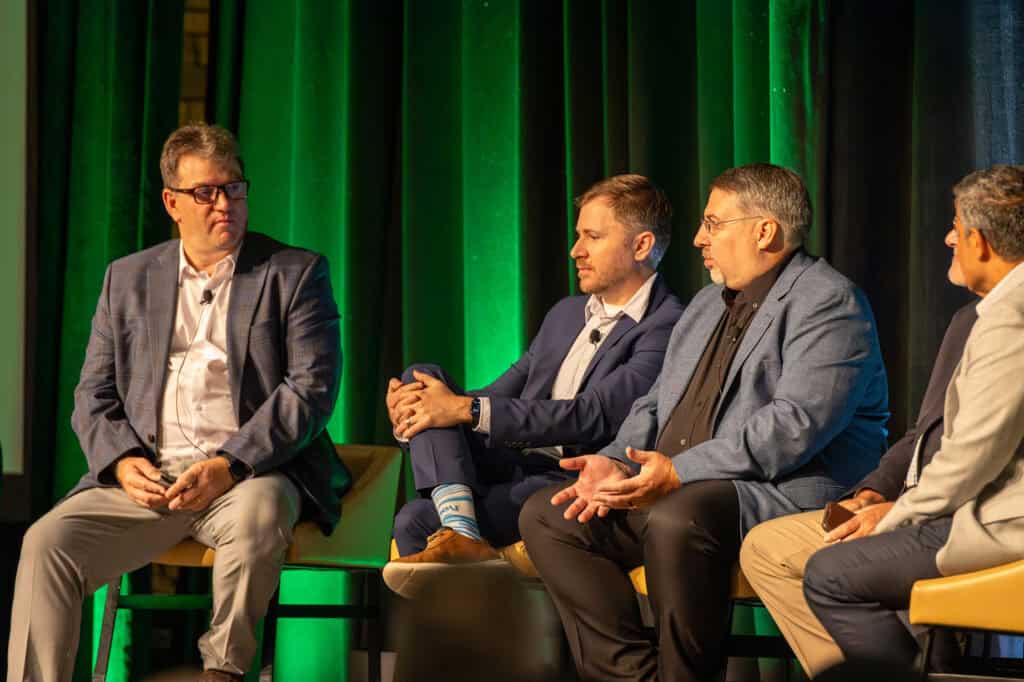
Insight #2: Open standards and interoperability empower users to create powerful solutions
Bentley’s commitment to open standards and interoperability are helping engineering firms bring solutions to complex infrastructure projects. For example, engineering designers can now unlock a new dimension of design with geospatial context capabilities available in MicroStation 2025. Through our partnership with Google, engineers can analyze geographic data and environmental factures, assess potential environmental impact, and evaluate risk assessments. Engineers can integrate rich 2D and 3D geospatial data, including Google Photorealistic 3D Tiles and Google Maps. This integration powers workflows directly for heightened real-world accuracy. Additionally, designers can benefit from enhanced interoperability with Esri solutions. Learn more about how engineers can optimize their infrastructure design workflows with MicroStation 2025.
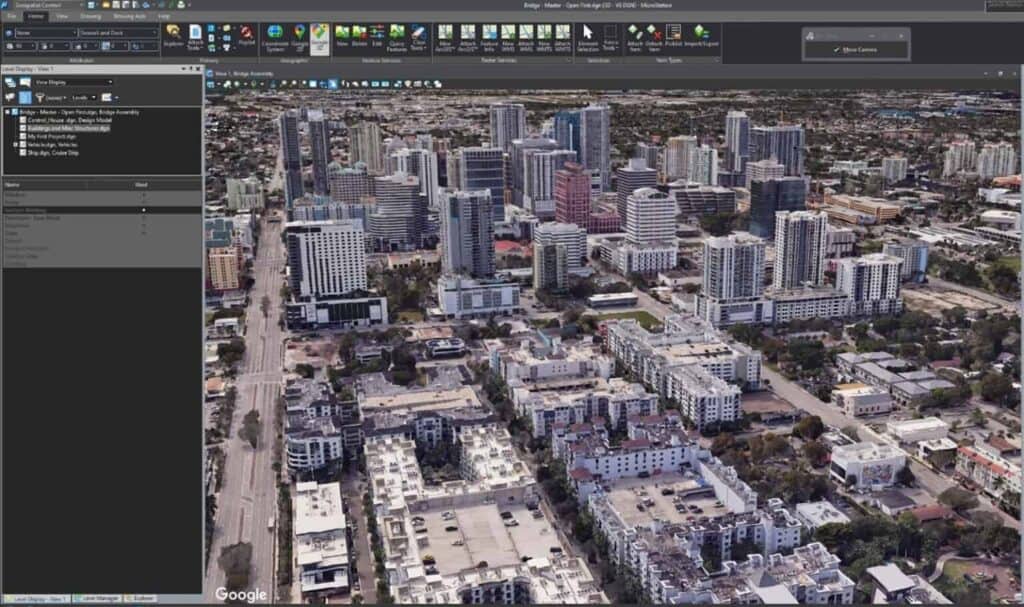
With our commitment to open standards and innovation, Burak Boyaci, senior director of civil software development, shared Bentley’s approach to product development. He explained how we started with MicroStation earlier in the year, with the rest of our applications to follow, including OpenRoads Designer, OpenBridge Designer, OpenRail Designer, and OpenFlows Water. Throughout the conference sessions, Bentley presenters shared the latest capabilities, and users received a preview of what’s new in OpenRoads Designer 2025, OpenBridge 2025, and OpenTunnel Designer 2025. Users also learned about the latest capabilities that will help them reduce design time, minimize errors and rework, and design infrastructure projects with confidence.
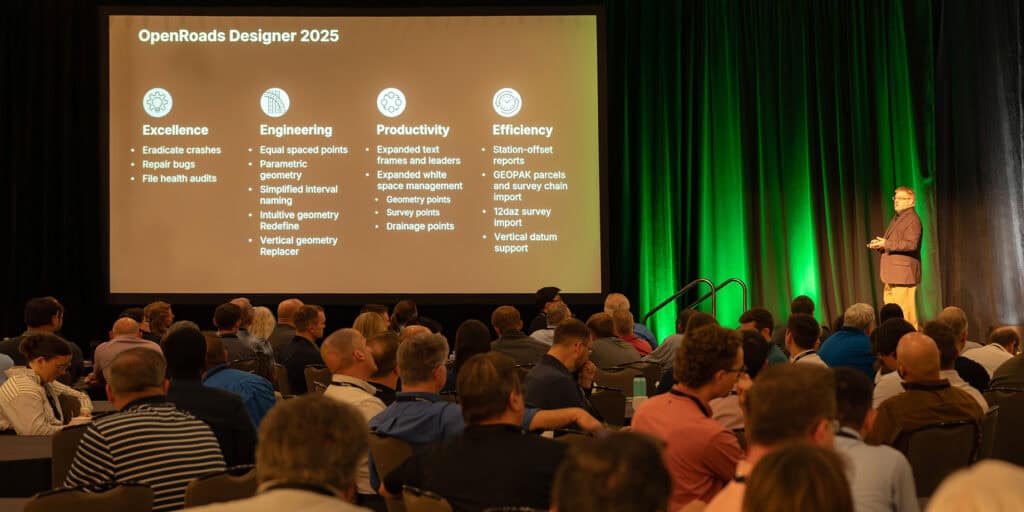
Insight #3: AI is helping accelerate workflows and address workforce shortage
The architecture, engineering, and construction (AEC) sector faces workforce shortages and pressure to deliver more with less. Bentley is committed to providing solutions like OpenSite+ to help address efficiencies, speed-to-market, and optimization. Burak discussed how AI will help augment the work that engineers do, not replace them. For example, generative AI for infrastructure can boost efficiency and give professionals the time that they need to tackle their biggest challenges. It is a great opportunity for engineering firms to help close the gap of workforce shortage and the backlog of work. Learn about how Pennoni is looking to apply OpenSite+ to their workflows and the impactful results that they are looking to gain.
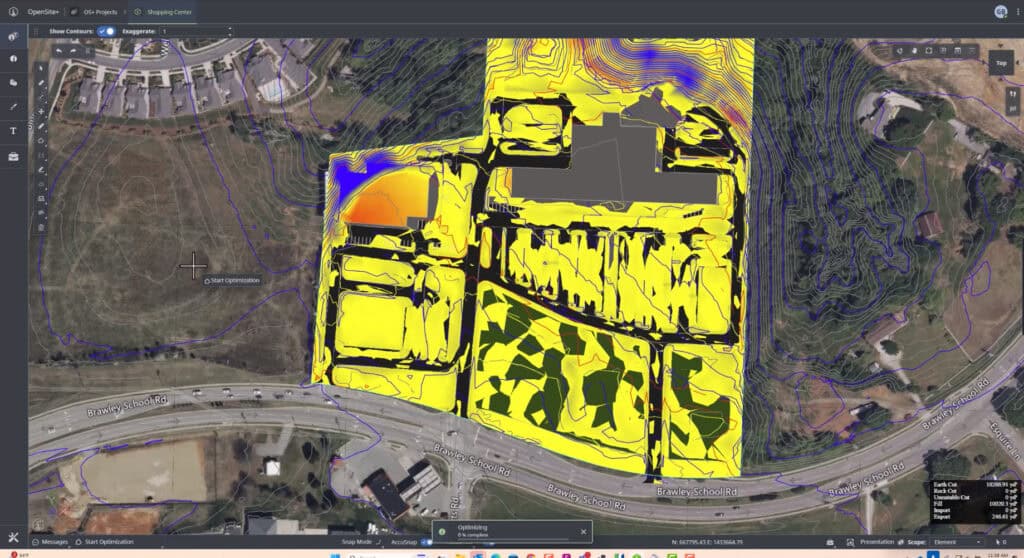
The 2025 Civil User Conference made one thing clear: the future of infrastructure lies in embracing digital transformation with purpose. From digital twins to open data ecosystems and AI-powered design, the tools are here and so is the opportunity. For senior leaders, the challenge is no longer about keeping pace but setting the pace. By championing innovation and empowering teams to adopt these technologies, you can drive meaningful change, unlock new efficiencies, and deliver infrastructure that stands the test of time. The path forward is digital, collaborative, and bold—and it starts with leadership. Learn how Bentley helps engineering firms solve complex challenges.
